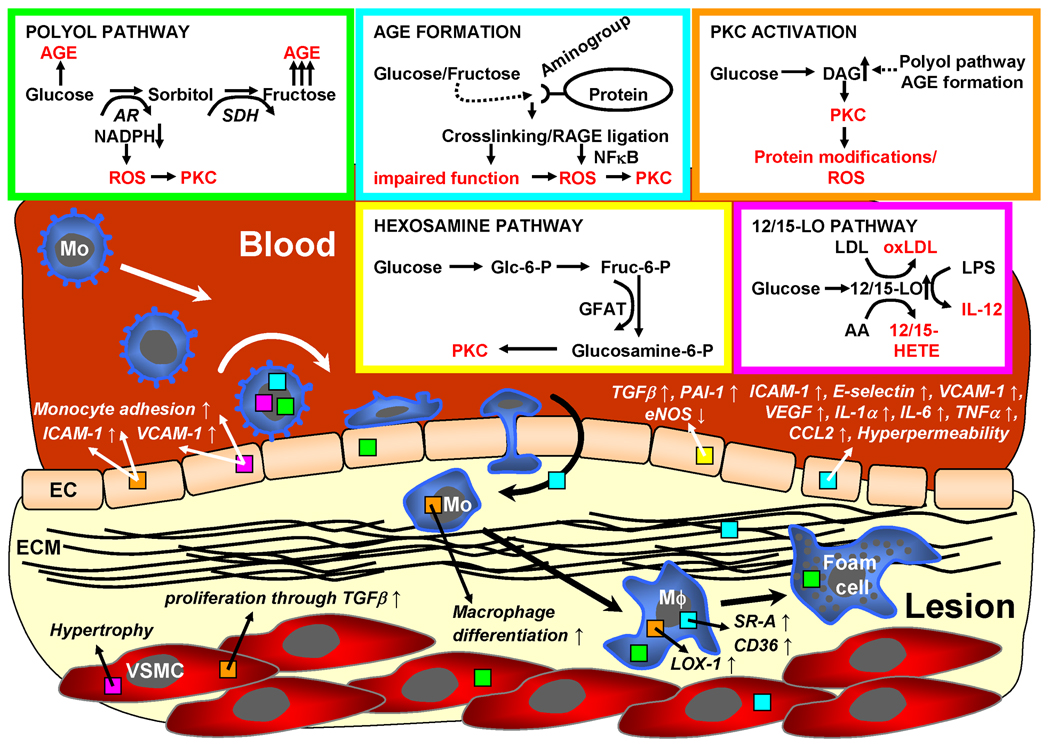Figure 1. Pro-atherogenic mechanisms of diabetes associated with hyperglycemia.
Four hyperglycemia-related mechanisms may promote diabetic atherosclerosis: 1. The polyol pathway (green), 2. formation of advanced glycation end products (AGE, blue), 3. activation of protein kinase C (PKC) isoforms (orange), 4. the 12/15-lipoxyenase pathway (pink) and 5. the hexosamine pathway (yellow). All four mechanisms result in increased formation of reactive oxygen species (ROS) and promote diabetic atherosclerosis by various mechanisms as depicted in the figure. Colors of boxes in arrows, cells and ECM indicate relevant pathway.
12/15-LO = 12-/15-Lipoxygenase, AR = aldose reductase, EC = endothelial cell, ECM = extracellular matrix, Fruc = fructose, GFAT = glutamine-fructose-6-phopshate amidotransferase, Glc = glucose, Mo = monocyte, Mϕ = macrophage, RAGE = receptor for advanced glycation end products, SDH = sorbitol dehydroganse, VSMC = vascular smooth muscle cell, other abbreviations are explained in the text.

